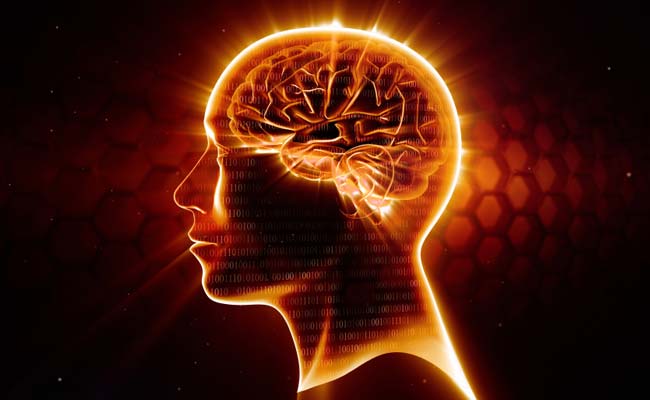
Scientists, inluding one of Indian origin, have developed a new technique that can map how zapping the brain with weak electric current improves cognition and treats clinical symptoms – a breakthrough that may help better develop this low-cost brain hack.
A number of people who suffer from chronic pain, epilepsy and drug cravings are zapping their skulls in the hopes that a weak electric current will jolt them back to health.
This brain hacking – “transcranial direct current stimulation” (tDCS) – is used to treat neurological and psychiatric symptoms.
However, tDCS is not approved by the US Food and Drug Administration (FDA), and scientists are split on its efficacy, with some calling it quackery and bad science.
Until now, scientists have been unable to look under the hood of this do-it-yourself therapeutic technique to understand what is happening.
Danny JJ Wang, a professor of neurology at the University of Southern California, said his team is the first to develop an MRI method whereby the magnetic fields induced by tDCS currents can be visualised in living humans.
“Our study is the first step to experimentally map the tDCS currents in the brain and to provide solid data so researchers can develop science-based treatment,” he said.
According to Mayank Jog, graduate student at University of California, Los Angeles, tDCS was introduced in 2000.
“Since then, this noninvasive, easy-to-use, low-cost technology has been shown to improve cognition as well as treat clinical symptoms,” Jog said.
The study is a technological breakthrough, said Maron Bikson, a professor at The City College of New York.
The science on tDCS is inconclusive. The brain-hacking technique has been shown to improve symptoms in a wide swath of neurological and psychiatric disorders, including depression, drug cravings and stroke.
Scientists also have pointed to how it enhances learning, affects working memory and imparts other cognitive benefits among healthy people.
However, some people say tDCS is ineffective and even harmful. In rare cases, the technique causes burns where the electrodes were applied.
Researchers have mapped the human brain and demonstrated that putting a positive current (anode) in one area and a negative current (cathode) in another will foster an environment that prompts nearby neurons either to fire more rapidly or slowly, respectively.
Theoretically, putting an anode on the right prefrontal (right side of the forehead) and parietal lobe (above the eyes and behind the right ear) influences the executive network and could enhance attention and motor ability, Wang said.
Stroke patients could apply an anode in the damaged hemisphere and a cathode in the good hemisphere.
This rehabilitative technique may suppress the healthy part of the brain from overcompensating and pushes the damaged area to try to become fit again.
The study appears in the journal Scientific Reports..
source”cnbc”
